Hawaiian Kona Coffee introduces the most beautiful coffee beans in the world-Kona coffee beans
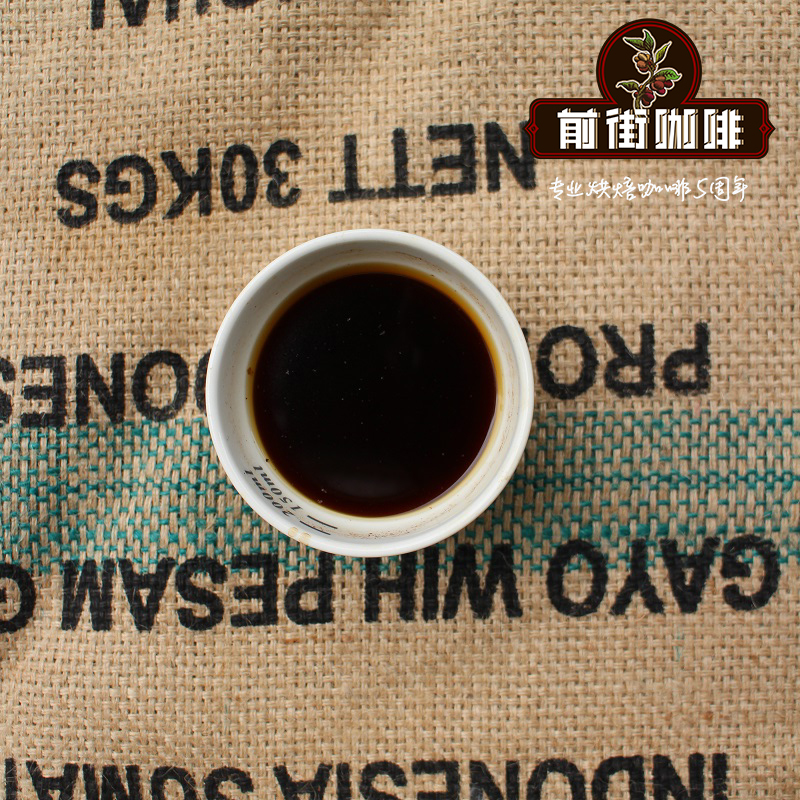
Professional coffee knowledge exchange more coffee bean information please follow the coffee workshop (Wechat official account cafe_style)
Hawaiian Kona coffee is the only top variety produced in 50 states in the United States, and the United States is naturally its largest market.
Features: Hawaiian Kona coffee beans have the most perfect appearance, its fruit is extremely full, and bright, it is the most beautiful coffee beans in the world. The coffee is smooth and fragrant, with an attractive nutty flavor and a well-balanced acidity, as charming as the colorful colors of the island of Hawaii and a long finish. The world-famous "Kona of Hawaii" is a mellow and sour coffee bean. Kona coffee is grown on the slopes of Mauna Roa volcano on the southwest coast of Hawaii. In terms of flavor, Kona beans are closer to Central American coffee than Indonesian coffee. Its average quality is very high, carefully handled, medium texture, good sour taste, very rich flavor, and fresh Kona coffee is extremely fragrant. If you think your coffee is too thick, African coffee is too sour, Central and South American coffee is too rough, then "Kona" may be suitable for you. Kona is like a girl in the Hawaiian sunshine breeze, fresh and natural. Kona coffee beans are average and neat in shape, with strong sour and sweet taste, moist and smooth taste. Because they grow on volcanoes and have high-density artificial farming, each bean can be said to be a spoiled "lady" with beautiful, plump and baby-like skin.
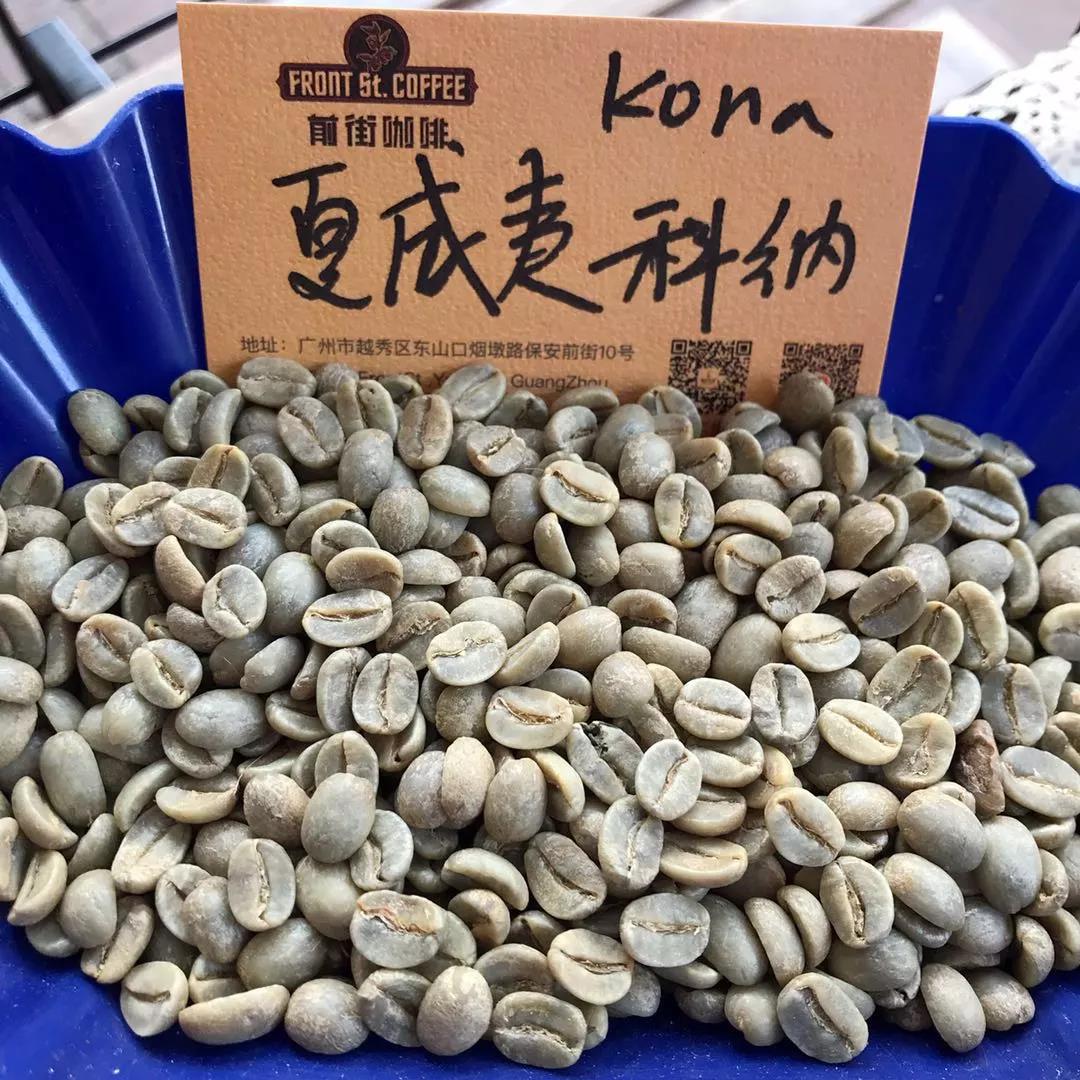
Yield: to the regret of coffee fans, only about 1400 hectares of coffee is produced. And because of Hawaii's high income and a large number of tourists, Kona coffee is so expensive that it is even sold as "kona blend" (no more than 5 per cent of Kona beans). In recent years, neighboring islands such as maui, kauai and molokai have also begun to grow coffee commercially. Kona coffee is indeed a treasure in the world and is not easy to find. The real Hawaiian Kona coffee has the sweetness of caramel, which makes people enjoy the unique pleasure and leads you slowly into the detached state of tasting coffee. Of all the coffee producers, Hawaii has the most stringent management of the coffee industry, the highest labor costs and the best level of investment. Hawaii's coffee industry has to compete with the expanding tourism industry. Most coffee is grown on the slopes of MaunaLoa. Mauna Loa was originally a volcano located in the western part of the Kona region on the island of Hawaii. The coffee producing area is about 30 kilometers long and its growing areas are mainly concentrated in the north and south of the area. Coffee trees are planted in relatively desolate areas, but their soil is fertile and contains volcanic ash. Although it takes a lot of physical labor to start planting and it is difficult to manage, it is comforting that Kona's coffee trees (at least those growing above 90 meters above sea level) do not seem to be affected by any diseases and insect pests. Real Kona coffee is indeed a treasure in the world and is not easy to find. The best Kona coffee is divided into three grades: ExtraFancy, Fancy and NumberOne. This third-class coffee is produced on manors and under natural conditions. Most of the coffee that calls itself "Kona" now contains less than 5% of the real Hawaiian Kona coffee. Another good Hawaiian coffee can be found in the United States-Hawaiian Kaj Farm Coffee (KaiFarms).
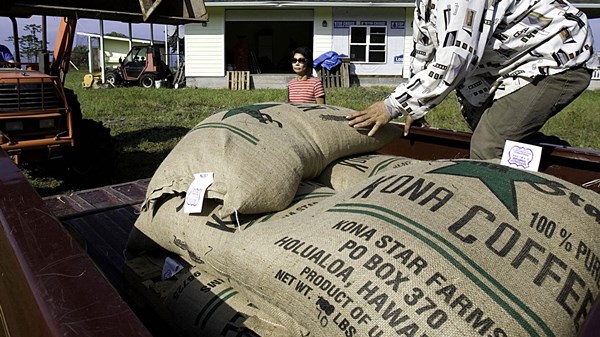
Planting mode: tourism in Hawaii is well developed, visitors can visit coffee farms, see or participate in various processes such as coffee harvest, coffee bean processing, roasting and grinding, and make a cup of coffee that really belongs to them. In the Kona region, there are about 600 independent coffee farms, most of which are small family farms, usually with an area of between 18 and 42 acres. Kona Coffee earns more than $10 million a year for these coffee farms. Kona coffee has always been grown at home. At first, only men were allowed to work in the coffee garden, and later women joined in. This kind of family production of Hawaiians preferred to rely on the efforts of their families rather than hiring workers to work, so it was normal for Hawaiians to have eight or nine children at that time. Since then, new immigrants from the Philippines, the United States and Europe have come to Hawaii to engage in the coffee industry. Over time, Hawaii has formed a social atmosphere that centers on family culture and is easy to absorb foreign cultures. and make it a major feature of Hawaii. Each island has several unique places for tourists and local residents to taste and buy coffee, including comfortable and warm shops and comprehensive centers to introduce coffee knowledge. In Hawaii, you can watch the fiery sunset sink into the red-orange sea, feel the fresh air filled with the scent of flowers, and sit by the sea and drink a cup of coffee. I'm afraid there is no place in the world that can offer you such enjoyment.
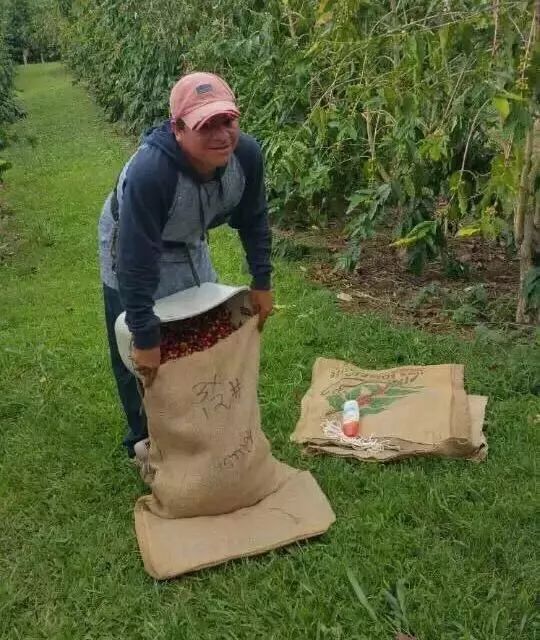
Location: the real Hawaiian Kona coffee allows people to enjoy a unique pleasure, leading you slowly into the detached state of tasting coffee. And this comes entirely from the oldest Arabica coffee tree. Hawaii is the only state in the United States that grows coffee, which is grown on the five major islands of the Hawaiian Islands: Oahu, Hawaii, Maui, Kauai and Moroca. Coffee from different islands also has its own characteristics. Kauai coffee is soft and smooth, Muroca coffee is high in mellow and low acidity, and Maui coffee is moderately acidic but has the strongest flavor. Hawaiians are extremely proud of the Arabica coffee beans they grow 100% home-grown. [1] Hawaii is the largest island in the Hawaiian archipelago, so it is also called the theBigIsland. Kona coffee is produced in the west and south of the Kona region of Hawaii, and coffee trees are scattered on the slopes of Hualalai and MaunaLoa, which is 150m-750m above sea level, just right for coffee growth.
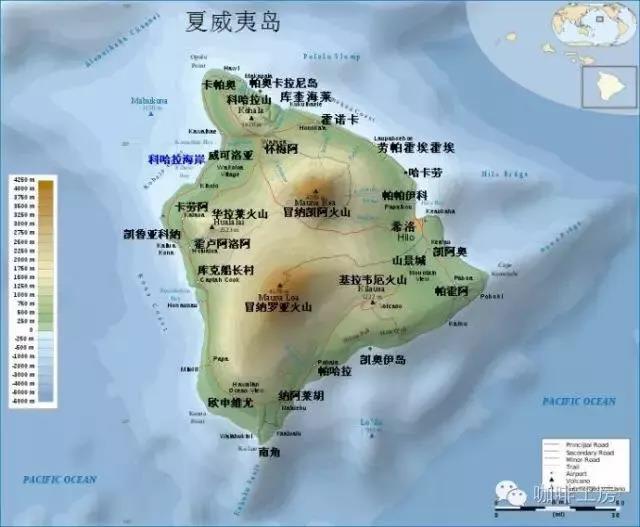
Climatic conditions: the excellent quality of Kona coffee benefits from the suitable geographical location and climate. Coffee trees grow on the slopes of volcanoes, and their geographical location ensures the altitude needed for coffee growth; the dark volcanic ash soil provides the minerals needed for coffee growth. The climatic conditions are very suitable. In the morning, the sun gently passes through the air full of water vapor. In the afternoon, the mountains will become more humid and foggy, and the white clouds surging in the air are natural umbrellas for coffee trees. And the evening will become sunny and cool, but there is no Frosts Descent. Because of the suitable natural conditions, the average yield of Kona coffee is very high, reaching 2240 kg per hectare, while in Latin America, the yield is only 600kg-900kg per hectare.
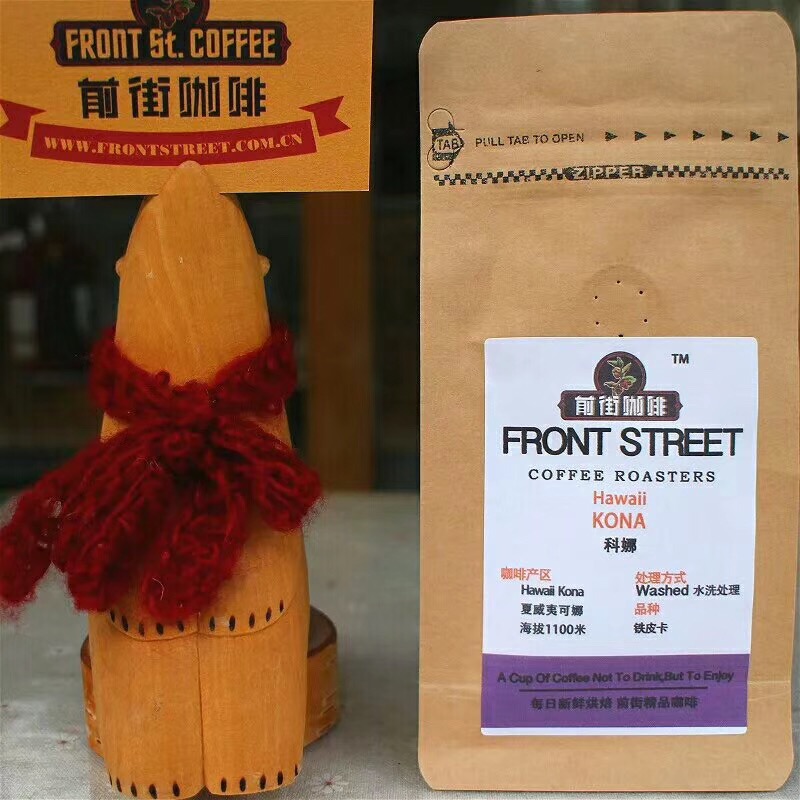
Purchase link: https://item.taobao.com/item.htm?spm=a1z10.5-c-s.w4002-15673140460.29.41ea6d59EUZqHD&id=567292760486
Qianjie coffee: Guangzhou bakery, the store is small but a variety of beans, you can find a variety of unknown beans, but also provide online store services. Https://shop104210103.taobao.com
Important Notice :
前街咖啡 FrontStreet Coffee has moved to new addredd:
FrontStreet Coffee Address: 315,Donghua East Road,GuangZhou
Tel:020 38364473
- Prev
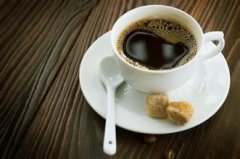
The taste of Hawaii-Kona Coffee, Oahu, Manoa Valley Fine Coffee treatment
Hawaii's coffee industry has to compete with the expanding tourism industry. Most coffee is grown on the slopes of MaunaLoa. Mauna Loa was originally a volcano located in the western part of the Kona region on the island of Hawaii. The coffee producing area is about 30 kilometers long and its growing areas are mainly concentrated in the north and south of the area. Coffee trees are planted in relatively desolate areas, but they
- Next
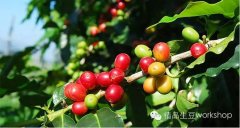
Introduction of Honduran Coffee that can be used to mix mixed Coffee
Honduran coffee comes from El Salvador. At first coffee production was in a state of unavoidable heat until the frost in Brazil in 1975. At that time, Brazil was hard hit and coffee production plummeted, while Honduras took the opportunity to take advantage of the surge in coffee production from 500000 bags to 1.8 million bags and was ransacked. It was only after that that coffee production in Honduras really developed. Now, Honduran coffee.
Related
- Does Rose Summer choose Blue, Green or Red? Detailed explanation of Rose Summer Coffee plots and Classification in Panamanian Jade Manor
- What is the difference between the origin, producing area, processing plant, cooperative and manor of coffee beans?
- How fine does the espresso powder fit? how to grind the espresso?
- Sca coffee roasting degree color card coffee roasting degree 8 roasting color values what do you mean?
- The practice of lattes: how to make lattes at home
- Introduction to Indonesian Fine Coffee beans-- Java Coffee producing area of Indonesian Arabica Coffee
- How much will the flavor of light and medium roasted rose summer be expressed? What baking level is rose summer suitable for?
- Introduction to the characteristics of washing, sun-drying or wet-planing coffee commonly used in Mantenin, Indonesia
- Price characteristics of Arabica Coffee Bean Starbucks introduction to Manning Coffee Bean Taste producing area Variety Manor
- What is the authentic Yega flavor? What are the flavor characteristics of the really excellent Yejasuffi coffee beans?

